Colonial empire
A colonial empire is a collective of territories (often called colonies), either contiguous with the imperial center or located overseas, settled by the population of a certain state and governed by that state.
Before the expansion of early modern European powers, other empires had conquered and colonized territories, such as the Romans in Iberia, or the Chinese in what is now southern China. Modern colonial empires first emerged with a race of exploration between the then most advanced Europe maritime power, Portugal and Spain, during the 15th century.[1] The initial impulse behind these dispersed maritime empires and those that followed was trade, driven by the new ideas and the capitalism that grew out of the European Renaissance. Agreements were also made to divide the world up between them in 1479, 1493, and 1494. European imperialism was born out of competition between European Christians and Ottoman Muslims, the latter of which rose up quickly in the 14th century and forced the Spanish and Portuguese to seek new trade routes to India, and to a lesser extent, China.
Although colonies existed in classical antiquity, especially amongst the Phoenicians and the Ancient Greeks who settled many islands and coasts of the Mediterranean Sea, these colonies were politically independent from the city-states they originated from, and thus did not constitute a colonial empire.[2]
European colonial empires
Portugal began establishing the first global trade network and one of the first colonial empires [3][4] under the leadership of Henry the Navigator. The empire spread throughout a vast number of territories distributed across the globe (especially at one time in the 16th century) that are now parts of 60 different sovereign states. Portugal would eventually control Brazil, territories such as what is now Uruguay and some fishing ports in north, in the Americas; Angola, Mozambique, Portuguese Guinea, and São Tomé and Príncipe (among other territories and bases) in the North and the Subsaharan Africa; cities, forts or territories in all the Asian Subcontinents, as Muscat, Ormus and Bahrain (amongst other bases) in the Persian Gulf; Goa, Bombay and Daman and Diu (amongst other coastal cities) in India; Portuguese Ceylon; Malacca, bases in Southeast Asia and Oceania, as Makassar, Solor, Banda, Ambon and others in the Moluccas, Portuguese Timor; and the granted entrepôt-base of Macau and the entrepôt-enclave of Dejima (Nagasaki) in East Asia, amongst other smaller or short-lived possessions.
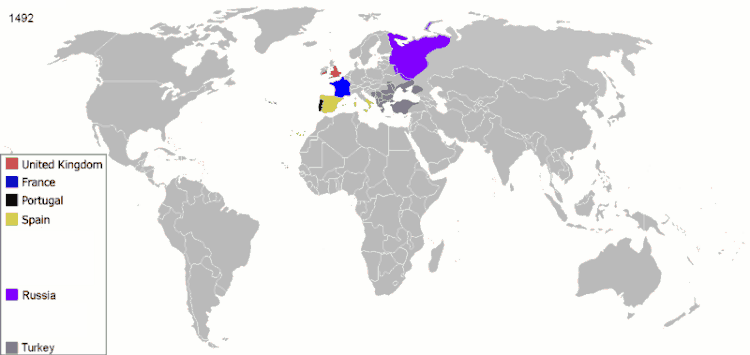
During its Siglo de Oro, the Spanish Empire had possession of Mexico, South America, the Philippines, all of southern Italy, a stretch of territories from the Duchy of Milan to the Netherlands, Luxembourg, and Belgium, parts of Burgundy, and many colonial settlements in the Americas, Africa, and Asia. Possessions in Europe, Africa, the Atlantic Ocean, the Americas, the Pacific Ocean, and East Asia qualified the Spanish Empire as attaining a global presence. From 1580 to 1640 the Portuguese Empire and the Spanish Empire were conjoined in a personal union of its Habsburg monarchs during the period of the Iberian Union, but beneath the highest level of government, their separate administrations were maintained.
Subsequent colonial empires included the French, English, Dutch and Japanese empires. By the mid-17th century, the Tsardom of Russia, continued later as the Russian Empire and the Soviet Union, became the largest contiguous state in the world, and the modern Russian Federation continues to be so to this day. Russia today has nine time zones, stretching across about half of the world's longitude.
The British Empire, consolidated during the period of British maritime hegemony in the 19th century, became the largest empire in history by virtue of the improved transportation technologies of the time. At its height, the British Empire covered a quarter of the Earth's land area and comprised a quarter of its population. During the New Imperialism, Italy and Germany also built their colonial empires in Africa.
It is worth noting that, from the 16th to 19th century, there were also large non-European empires, most notably the Qing Empire of China, which conquered a huge area of East and Inner Asia, and the states of the Age of the Islamic Gunpowders, Mughal India, Ottoman Turkey, and Savafid Iran. The British replaced the Mughals in India, and after the Boxer Rebellion in 1901, Imperial China made concessions to the Eight-Nation Alliance (all the Great Powers of the time). By the end of the 20th century most of the previous colonial empires had been decolonized, though the modern nation-states of Russia and China inherited much of the territory of the Romanov and Qing empires, respectively.
List of colonial empires
.svg.png)
- Ostend Company: Covelong and Ichapore, Bengal (1722-1731).
- Santo Tomás de Castilla, Guatemala (1843-1854).
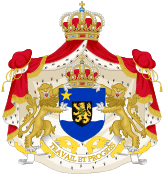


- Belgian Concession in Tientsin (1902–1931)

- Evolution of the British Empire
- Possessions in Africa
.svg.png)
- British Egypt (1914–1936)
- Anglo-Egyptian Sudan (1899–1956)
.svg.png)
.svg.png)
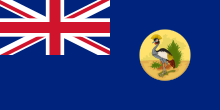
.svg.png)
.svg.png)
.svg.png)
.svg.png)
- Bechuanaland Protectorate (1885-1966)
.svg.png)
.svg.png)
.svg.png)
.svg.png)
- Possesions in the Americas
- British colonization of the Americas
.svg.png)
- British West Indies
- Bahamas
- Barbadoes
- Bermuda
.svg.png)
.svg.png)
- Cayman Islands
.svg.png)
- Trinidad and Tobago
- Turks and Caicos Islands
.svg.png)
.svg.png)
- Possesions in the Indian subcontinent
- Possesions in China
.svg.png)
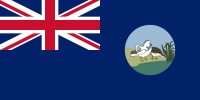
- British Concession in Tienstin (1860–1943)
- Possesions in the Middle East
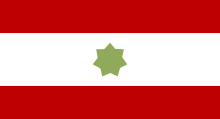
- British Bahrain
- British Qatar (1916–1971)
- British Iraq (1920–1932)
- Emirate of Transjordan (1921–1946)
- Mandatory Palestine (1920–1948)
- Sheikhdom of Kuwait (1899–1961)
- Aden Protectorate (1872–1963)
- Possesions in Southeast Asia
- Dominions of the United Kingdom
.svg.png)
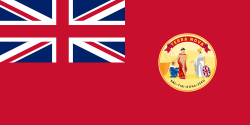
.svg.png)
- The Australia dominion, itself a colony that gradually increased its independence in 1901, 1942 and 1986, was tasked with the government of multiple other British colonies and territories and the mandates of New Guinea and Nauru

- The New Zealand dominion, itself a colony that gradually increased its independence in 1907, 1947 and 1986, was tasked with the government of multiple other British colonies and territories and the mandate of Samoa. It was also nominal co-trustee of the mandate of Nauru. The remaining non-self-governing New Zealand territory is Tokelau.
.svg.png)
- The South-West Africa mandate was governed by the South Africa dominion, that itself a colony that gradually increased its independence in 1910, 1931 and 1961.



- Danish colonization of the Americas:




- French colonization of the Americas:
- New France (1534–1763)
- French West Indies (1635–today)
- Asia:
- French India (1664–1962)
- French Indochina (1887–1954)
- French Concessions in Shanghai and Tientsin
- French Guangzhouwan
- Africa:
- French North Africa (1830–1934)
- French Somaliland (1883–1967)
- French West Africa (1895–1958)
- French Madagascar (1897–1958)
- French Comoros (1908–1968)
- French Equatorial Africa (1910–1958)
- Oceania:
- New Hebrides (1906–1980)
- French colonization of the Americas:
.svg.png)
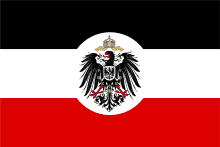





- German Concession in Tientsin
- German Kiautschou Bay Concession
.svg.png)
.svg.png)
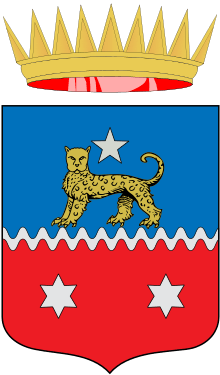
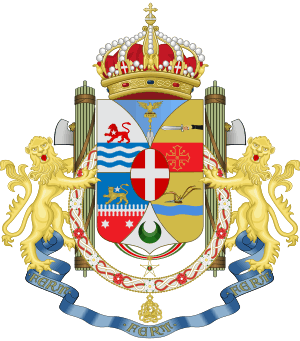


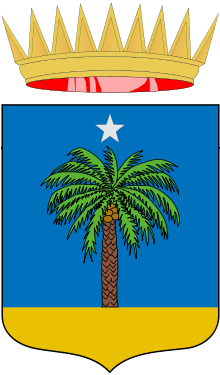
.svg.png)

- Italian Concession in Tientsin

- Evolution of the Portuguese Empire
- Portuguese colonization of the Americas
- Colonial Brazil (1500–1815)
- Portuguese India (1505–1961)
- Portuguese Timor (1702–1975)
- Portuguese Malacca (1511–1641)
- Portuguese Macau (1577–1999)
- Portuguese Africa
- Portuguese East Africa (1498–1975)
- Portuguese West Africa (1575–1975)
- Portuguese Guinea (1474–1974)
- Portuguese Cape Verde (1462–1975)
- Portuguese São Tomé and Príncipe (1470–1975)

- Spanish colonization of the Americas

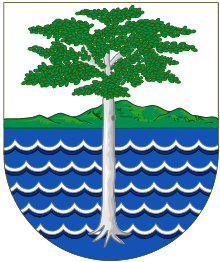

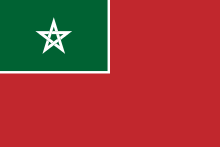


- Swedish colonies in the Americas

.svg.png)



- Swedish colonies in the Americas
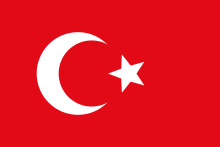
- Ottoman territories in Europe
- Ottoman wars in Africa (1516–1911)
- Ottoman wars in Asia (1451–1922)
- Ottoman colonization of the Levant (1516–1918)
- Ottoman Arabia (1517–1918)

- Russian conquest of Siberia
- Russian colonization of the Americas:


- Transcaucasia
- Russian Port Arthur
- Russian concession in Tientsin
.svg.png)





.svg.png)
Other countries with colonial possessions:

- United States territorial acquisitions
- American Colonization Society
- American imperialism
- American concession in Tientsin
- Colonies of the
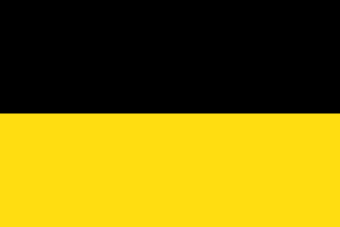
.svg.png)
- Austrian colonial policy
- Austrian colonisation of Nicobar Islands
- Austrian East India Company
- Tianjin

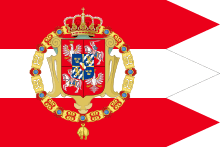
.svg.png)
- Colonies of

- Colonies of

- German colonization of the Americas
- Colonies of
- Italy and the colonization of the Americas
.svg.png)
.svg.png)
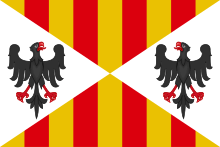


- List of possessions of Norway (1920–present)
- Norway Antarctic and sub-Antarctic possessions (1927–1957)[9]


- Yaruba dynasty (1624-1742)
- Sultanate of Muscat (1652-1820)
- Sultanate of Zanzibar (taken by Oman in 1698, became capital of the Omani Sultanate or Empire from 1632 or 1640; until 1890)
- Mombasa (1698-1728, 1729-1744, 1837-1890)
- Gwadar (1783-1958)

.svg.png)


- Russian Colonialism
- Soviet Empire
- Russian conquest of Siberia
- Soviet Central Asia
- Chinese Empire (from Qin dynasty to
.svg.png)
.svg.png)


- Chinese imperialism
- Imperial Chinese Tributary System
- Guangxi

- Hainan (since the Han dynasty)
- Manchuria (during the Tang, Liao, Jin, Yuan, Ming, and Qing dynasties)
- Inner Mongolia
- Outer Mongolia (during the Tang, Liao, Yuan, Northern Yuan, and Qing dynasties)

- Taiwan (during the Qing dynasty)
- Tibet (during the Yuan, Ming, and Qing dynasties)
- Yunnan
- Vietnam (during the Han, Xin, Eastern Wu, Jin, Liu Song, Southern Qi, Liang, Sui, Tang, Wu Zhou, Southern Han, and Ming dynasties)
- Xinjiang
- Central Asia (during the Tang, Western Liao, and Qing dynasties)
- Chinese imperialism
- Indian Empires,

.svg.png)
- Kingdom of Vientiane (1778–1828)
- Kingdom of Luang Prabang (1778–1893)
- Kingdom of Champasak (1778–1893)
- Kingdom of Cambodia (1771–1867)
- Kedah (1821–1826)

- Tierra del Fuego
- Patagonia
- Falkland Islands (1829–1831, 1832–1833, 1982)
- Argentine Antarctica
- Misiones
- Formosa
- Puna de Atacama
- California (1818)
.svg.png)


Maps
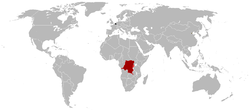

 Danish Empire
Danish Empire
 English Empire
English Empire


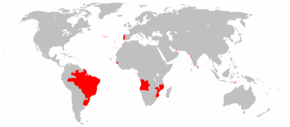


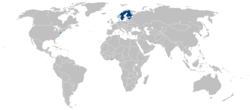
.svg.png) Japanese Empire
Japanese Empire
Other countries with colonial possessions:
- Directly controlled territory of the United States at its greatest extent (1898–1902)
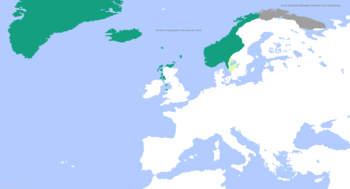 Norwegian Realm
Norwegian Realm Austro-Hungarian colonies and concessions throughout history
Austro-Hungarian colonies and concessions throughout history- German colonial efforts
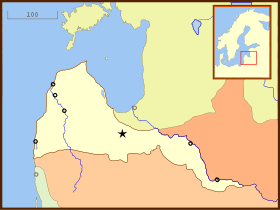 Duchy of Courland and Semigallia
Duchy of Courland and Semigallia Couronian settlements in Africa
Couronian settlements in Africa Map of the Hospitaller order's territories in the Caribbean
Map of the Hospitaller order's territories in the Caribbean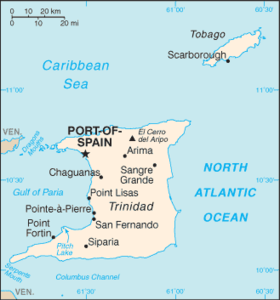 Couronian settlements in Americas (New Courland on Tobago)
Couronian settlements in Americas (New Courland on Tobago)
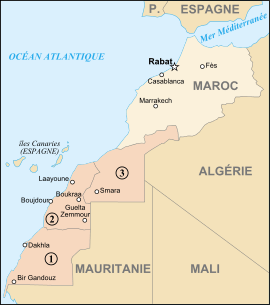 Map of Morocco and Western Sahara with the Southern Provinces in a darker color.
Map of Morocco and Western Sahara with the Southern Provinces in a darker color.
See also
- Analysis of Western European colonialism and colonization
- Colonial troops
- Democratic empire
- Empire
- Empire-building
- Great Divergence
- Hegemony
- History of Western civilization
- Imperialism
- List of ancient great powers
- List of largest empires
- List of largest empires in India
- List of medieval great powers
- List of modern great powers
- Middle Eastern empires
- Nomadic empire
- The empire on which the sun never sets
Notes and references
- Encarta-encyclopedie Winkler Prins (1993–2002) s.v. "kolonie [geschiedenis]. §1.2 De moderne koloniale expansie". Microsoft Corporation/Het Spectrum.
- Encarta, s.v. "kolonie [geschiedenis]. §1.1 Oudheid.
- William D. Phillips, Jr; Phillips, Carla Rahn (November 12, 2015). "Spain as the first global empire". A Concise History of Spain.
- Powell, Philip Wayne ([1991?]). Árbol de odio: la leyenda negra y sus consecuencias en las relaciones entre Estados Unidos y el mundo hispánico. Ediciones Iris de Paz. ISBN 9788440488855. OCLC 55157841
- part of the Viceroyalty of New Spain before 1821.
- .part of the Viceroyalty of the Río de la Plata before 1810.
- Part of the Holy Roman Empire realm before 1804.
- part of the Holy Roman Empire before 1736
- The dependencies of Norway are uninhabited, thus as end date is taken the latest date of full Norwegian sovereignty extension to such territory, instead of the date of decolonization or integration in the administrative structures of the mainland.
Bouvet Island claimed in 1927, under Norway sovereignty since 1930.
Peter I Island claimed in 1929, under Norway sovereignty since 1933.
Queen Maud Land claimed in 1938, under Norway sovereignty since 1957.
Peter I Island and Queen Maud Land fall under the scope of the Antarctic Treaty System since 1961.
